Home>Garden Essentials>What Grass Seed Grows Best In Florida
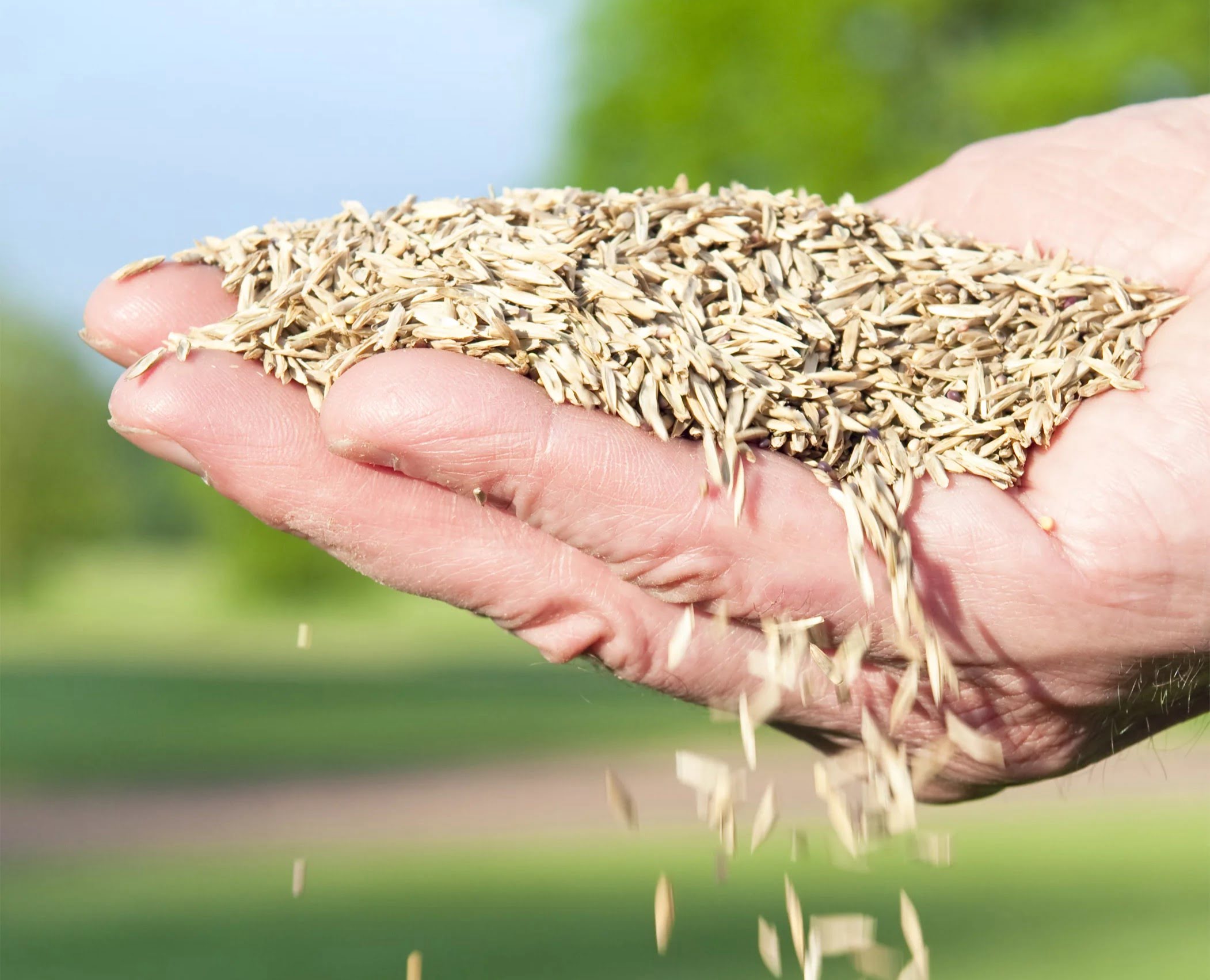

Garden Essentials
What Grass Seed Grows Best In Florida
Modified: April 22, 2024
Looking for the best grass seed for your Florida garden? Discover which grass varieties thrive in the Sunshine State and create a beautiful, lush lawn.
(Many of the links in this article redirect to a specific reviewed product. Your purchase of these products through affiliate links helps to generate commission for Storables.com, at no extra cost. Learn more)
Introduction
Welcome to the sunny state of Florida, where the year-round warm climate and beautiful landscapes make it a haven for garden enthusiasts. Whether you are looking to create a lush lawn or revive your existing grass, choosing the right grass seed is essential for achieving the desired results.
Florida’s unique climate, with its hot and humid summers and mild winters, presents a set of challenges when it comes to maintaining a healthy and vibrant lawn. The good news is that there are several types of grass seed that thrive in Florida’s conditions, each with its own set of advantages and considerations.
In this article, we will explore the different types of grass seed that grow best in Florida and provide you with valuable insights to help you make an informed decision for your lawn.
Key Takeaways:
- Choose Bermuda grass for a lush, durable lawn in Florida’s heat. Its fast growth and salt tolerance make it a popular choice for vibrant, resilient lawns.
- Opt for St. Augustine grass for a vibrant, shade-tolerant lawn in Florida’s warm, humid climate. Its dense growth and moderate maintenance make it a top choice for lush, visually appealing lawns.
Read more: What Grass Grows Best In Florida
Factors to Consider when Choosing Grass Seed for Florida
When selecting grass seed for your Florida lawn, several factors should be taken into account to ensure successful growth and maintenance. Consider the following:
Climate: Florida’s climate is characterized by hot summers and mild winters. It is crucial to choose grass seed that can tolerate high temperatures, humidity, and occasional drought conditions. Additionally, select grass varieties that can handle the cooler temperatures during the winter months without going dormant.
Soil Type: The type of soil in your area plays a vital role in the success of your lawn. Florida has a diverse range of soil types, including sandy soil, clay soil, and loamy soil. Different grass species have varying soil requirements, so it’s important to understand your soil type and choose seed accordingly.
Shade Tolerance: Consider the amount of shade your lawn receives throughout the day. Some grasses, like St. Augustine grass, have better shade tolerance compared to others. If you have large trees or buildings casting shadows on your lawn, choose grass seed that can thrive in these conditions.
Maintenance Requirements: Every grass variety has its own maintenance needs, including mowing height, fertilization schedules, and water requirements. Take into account the amount of time and effort you’re willing to dedicate to lawn care, and choose a grass seed that aligns with your maintenance preferences.
Disease and Pest Resistance: Certain grass species are more resistant to common diseases and pests found in Florida. Selecting grass seed with built-in resistance to common issues like fungal diseases and chinch bugs can help ensure a healthy and thriving lawn.
Watering Restrictions: Depending on your location, there may be watering restrictions in place. Consider grass seed that requires less water or has drought-tolerant properties if you’re subject to watering limitations.
Personal Preference: Lastly, consider your personal preferences when it comes to the appearance and texture of the grass. Factors such as color, density, and texture can all contribute to the overall aesthetic of your lawn.
Taking these factors into account will help you make an informed decision when choosing the best grass seed for your Florida lawn. Now, let’s explore some of the top grass seed options specifically suited for Florida’s climate and conditions.
Bermuda Grass
Bermuda grass (Cynodon dactylon) is a warm-season grass that thrives in Florida’s climate. It is known for its excellent heat tolerance, drought resistance, and ability to withstand high foot traffic, making it a popular choice for lawns, sports fields, and golf courses.
One of the key advantages of Bermuda grass is its fast growth rate, which allows it to quickly establish a dense and carpet-like lawn. It has a deep root system that helps it withstand periods of drought and recover quickly after stress. Bermuda grass also has excellent tolerance to salt, making it suitable for coastal areas.
When selecting Bermuda grass seed for your Florida lawn, consider the following:
- Varieties: There are several Bermuda grass varieties available, each with its own characteristics. Common varieties include Tifway 419, Celebration, and Latitude 36. Research and consult with local experts to determine which variety is best suited for your specific needs.
- Sunlight Requirement: Bermuda grass thrives in full sun and requires a minimum of 6 to 8 hours of direct sunlight per day. It may struggle in areas with heavy shade, so make sure your lawn receives adequate sunlight for optimal growth.
- Soil Adaptability: Bermuda grass can adapt to a wide range of soil types, including sandy soil, clay soil, and loamy soil. However, it prefers well-drained soil and may struggle in waterlogged or poorly drained areas.
- Maintenance: Bermuda grass requires regular mowing to maintain its desired height, typically between 1 to 1.5 inches. It is a fast-growing grass that may require frequent watering during dry periods. Fertilization and weed control should be part of your lawn care routine to keep Bermuda grass looking its best.
- Establishment: Bermuda grass can be established from seed or sod. Seeding is a more cost-effective option, but it requires proper soil preparation, regular watering, and patience as it takes time to establish a fully grown lawn. Sodding provides instant results but can be more expensive.
Bermuda grass is a popular choice for Florida lawns due to its durability, resistance to drought, and fast growth rate. With proper care and maintenance, it can create a lush and vibrant lawn that can withstand the demands of Florida’s climate.
St. Augustine Grass
St. Augustine grass (Stenotaphrum secundatum) is a warm-season grass commonly used in Florida lawns due to its tolerance to heat and humidity. Its dense growth pattern and vibrant green color make it a popular choice for homeowners seeking a lush and visually appealing lawn.
Here are some key points to consider when choosing St. Augustine grass seed for your Florida lawn:
- Varieties: Several varieties of St. Augustine grass are available, including Floratam, Palmetto, Seville, and Bitterblue. Each variety has its own unique characteristics in terms of shade tolerance, salt tolerance, and overall performance. Consider factors like sunlight exposure and soil conditions to select the most suitable variety for your lawn.
- Shade Tolerance: St. Augustine grass is known for its moderate shade tolerance compared to other warm-season grasses. It can handle partial shade but requires at least 4 to 6 hours of direct sunlight for optimal growth. If you have areas of heavy shade in your lawn, consider a different grass species or alternative landscaping approaches.
- Soil Preference: St. Augustine grass prefers well-drained soil but can tolerate a wide range of soil types, including sandy soil and clay soil. Adequate soil preparation is crucial for successful establishment and growth.
- Maintenance: St. Augustine grass has moderate maintenance requirements. It generally requires weekly mowing at a height of 3.5 to 4 inches to maintain its lush appearance. Regular fertilization and proper watering are also essential for its health and vigor.
- Establishment: St. Augustine grass can be established from sod or plugs. Sodding provides instant results, but it can be more expensive. Plugging involves planting small sections of St. Augustine grass at regular intervals and allowing them to spread and fill in over time.
St. Augustine grass is a popular choice for Florida lawns due to its ability to create a dense, carpet-like lawn with a vibrant green color. Its tolerance to heat and humidity makes it an excellent option for the challenging Florida climate. Keep in mind the specific variety and maintenance requirements of St. Augustine grass to ensure a successful and thriving lawn.
St. Augustine grass and Bahia grass are the best grass seeds for Florida. They are well-suited to the climate and soil conditions, and require less maintenance.
Zoysia Grass
Zoysia grass (Zoysia spp.) is a warm-season grass that offers excellent durability and resilience to the Florida climate. Known for its dense growth and ability to withstand heavy foot traffic, Zoysia grass is a popular choice for lawns, golf courses, and sports fields.
If you’re considering Zoysia grass for your Florida lawn, here are some key factors to consider:
- Varieties: There are several Zoysia grass varieties available, including Emerald, Meyer, Zeon, and Palisades. Each variety has its own unique characteristics, such as cold tolerance, heat tolerance, and growth rate. Research and consult with local experts to determine which Zoysia grass variety is best suited for your specific needs and the Florida climate.
- Tolerant to Different Soil Types: Zoysia grass is known for its adaptability to a variety of soil types, including sandy soil, clay soil, and loamy soil. However, it thrives best in well-drained soil. Proper soil preparation, including soil testing and amending if necessary, can help ensure successful establishment and growth.
- Maintenance: Zoysia grass has medium maintenance requirements. It requires less frequent mowing compared to other grass varieties, typically every 7-10 days, and can be mowed to a height of 1-2 inches. Zoysia grass also has good resistance to pests and diseases but may still require regular fertilization and proper watering to maintain its health and appearance.
- Establishment: Zoysia grass can be established from plugs or sod. Plugging involves planting small sections of Zoysia grass at regular intervals and allowing them to spread and fill in over time. Sodding provides instant results but can be more expensive. Proper soil preparation and irrigation during the establishment phase are critical for successful establishment.
- Tolerance to Traffic: Zoysia grass is known for its ability to tolerate heavy foot traffic and recover quickly from damage. This makes it an ideal choice for lawns that will be used frequently or have children and pets playing on them.
With its dense growth, durability, and ability to withstand heavy foot traffic, Zoysia grass is an excellent option for Florida lawns. Consider the specific variety and maintenance requirements to ensure successful establishment and long-term enjoyment of your Zoysia grass lawn.
Centipede Grass
Centipede grass (Eremochloa ophiuroides) is a low-maintenance warm-season grass that is well-adapted to the Florida climate. It is known for its excellent heat tolerance, drought resistance, and ability to thrive in acidic soils, making it a popular choice for homeowners looking for a low-maintenance lawn option.
If you’re considering Centipede grass for your Florida lawn, here are some important factors to consider:
- Adaptability to Soils: Centipede grass thrives in well-drained acidic soils, making it a suitable choice for many areas in Florida. It has a unique ability to tolerate low fertility and acidic conditions, which can be advantageous in certain regions.
- Shade Tolerance: While Centipede grass can tolerate partial shade, it performs best in areas with full sun exposure. It may struggle to establish and grow in areas with heavy shade, so it’s important to assess the amount of sunlight your lawn receives before choosing Centipede grass.
- Maintenance: Centipede grass is known for its low-maintenance requirements compared to other grass species. It has a slow growth rate, reducing the frequency of mowing. It typically requires mowing at a height of 1.5 to 2.5 inches. Centipede grass has low fertility needs and may only require one or two applications of fertilizer per year.
- Drought Tolerance: Centipede grass is moderately drought-tolerant and can survive with minimal irrigation during dry periods. However, it is important to water the grass deeply and infrequently to encourage deep root growth and drought resistance.
- Establishment: Centipede grass can be established from seed or sod, with sod offering faster results. However, it is slower to establish compared to other warm-season grasses. Proper soil preparation, including removing weeds and debris, is essential to ensure successful establishment.
Centipede grass is a low-maintenance option for Florida lawns, ideal for homeowners who want to spend less time on lawn care. Its adaptability to acidic soils and its ability to withstand heat and drought make it a solid choice for those seeking a resilient and easy-to-manage lawn.
Bahiagrass
Bahiagrass (Paspalum notatum) is a warm-season grass commonly found in Florida due to its excellent adaptability to the state’s climate and soil conditions. It is known for its ability to establish quickly, its outstanding drought tolerance, and its ability to grow in a variety of soils, including sandy and infertile soil.
If you’re considering Bahiagrass for your Florida lawn, here are some essential points to consider:
- Adaptability: Bahiagrass is highly adaptable to Florida’s climate and soil conditions, making it suitable for various regions within the state. It thrives in the hot, humid conditions of Florida and can handle both drought and occasional flooding. It is particularly popular in coastal areas due to its salt tolerance.
- Soil Preference: Bahiagrass can tolerate a wide range of soil types, including sandy, loamy, and clay soils. It is well-suited for Florida’s sandy soils, often found in coastal areas. Bahiagrass can also grow in infertile soils with low nutrient content.
- Maintenance: Bahiagrass is known for its low maintenance requirements. It has a deep root system that allows it to access water and nutrients in the soil, reducing the need for frequent watering and fertilization. Bahiagrass has a slow growth rate, meaning it requires less frequent mowing compared to other grass species.
- Drought Tolerance: One of the key advantages of Bahiagrass is its exceptional drought tolerance. It can withstand periods of limited rainfall and can survive with minimal irrigation. This makes it an ideal choice for homeowners looking for a low-maintenance grass option in areas where water availability is a concern.
- Establishment: Bahiagrass can be established from seed or sod. Seeding is a cost-effective option, but it requires proper soil preparation and regular watering during the establishment phase. Sodding provides instant results but can be more expensive.
Bahiagrass is a popular choice for Florida lawns due to its adaptability, low maintenance requirements, and drought tolerance. It can provide a green and healthy lawn even in challenging soil and environmental conditions. Consider the specific characteristics and benefits of Bahiagrass to determine if it aligns with your lawn care needs and preferences.
Conclusion
Choosing the right grass seed is crucial for creating a vibrant, healthy, and resilient lawn in Florida’s unique climate. Consider the factors discussed in this article – such as climate, soil type, shade tolerance, maintenance requirements, disease and pest resistance, watering restrictions, and personal preference – when selecting the grass seed that best suits your needs.
Bermuda grass, with its excellent heat tolerance and fast growth rate, is a popular choice for homeowners who desire a lush and durable lawn. St. Augustine grass, known for its shade tolerance and vibrant green color, thrives in Florida’s warm and humid conditions. Zoysia grass, with its dense growth and traffic tolerance, is a great option for those seeking durability. Centipede grass, low-maintenance and adaptable to acidic soils, is a convenient choice for homeowners who desire a functional and easy-to-care-for lawn. Bahiagrass, with its exceptional adaptability and drought tolerance, is a suitable option for those in regions with sandy soils and limited water availability.
Remember to consider the specific needs of your lawn and the conditions of your area when making a selection. Consult with local experts to get personalized recommendations based on the characteristics of your landscape.
Once you’ve chosen the right grass seed, proper soil preparation, regular maintenance, and appropriate watering practices are essential for the health and longevity of your lawn. By providing the right care and attention, you can enjoy a stunning and thriving lawn in the beautiful state of Florida.
So, go ahead and select the grass seed that aligns with your preferences and start transforming your Florida lawn into a lush and inviting oasis!
Frequently Asked Questions about What Grass Seed Grows Best In Florida
Was this page helpful?
At Storables.com, we guarantee accurate and reliable information. Our content, validated by Expert Board Contributors, is crafted following stringent Editorial Policies. We're committed to providing you with well-researched, expert-backed insights for all your informational needs.
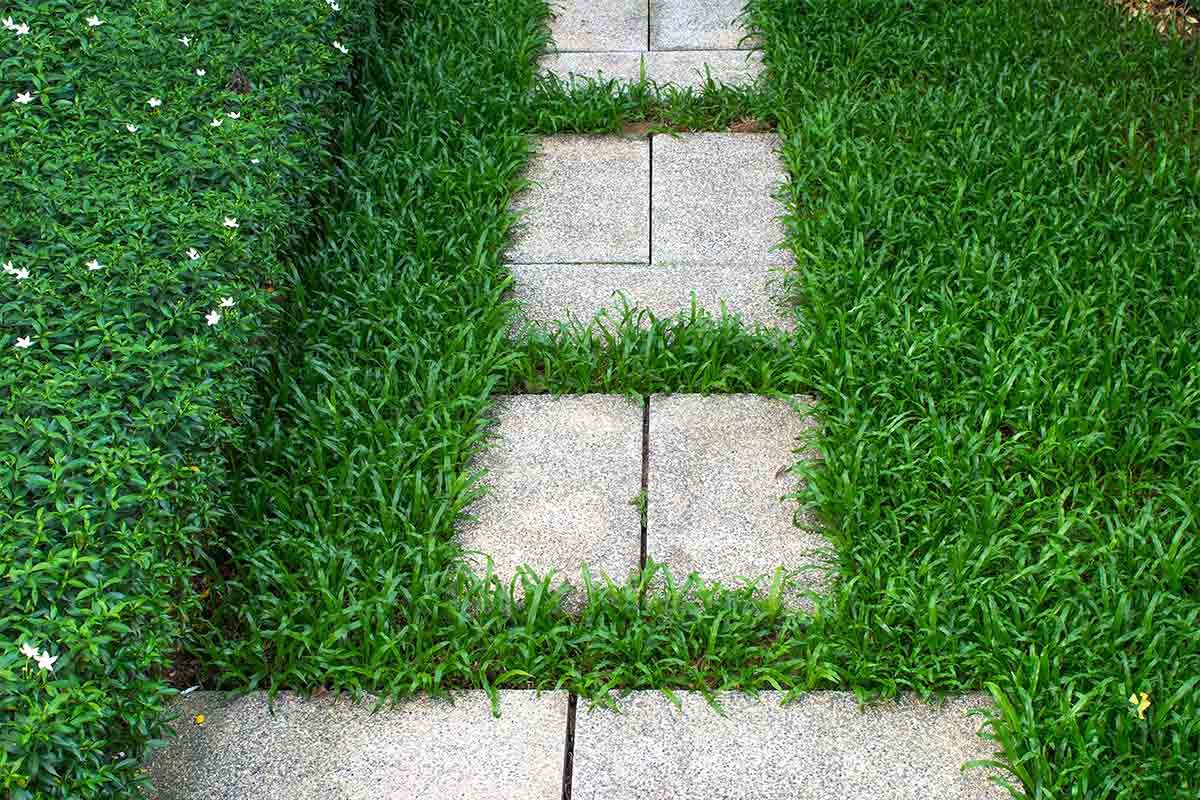
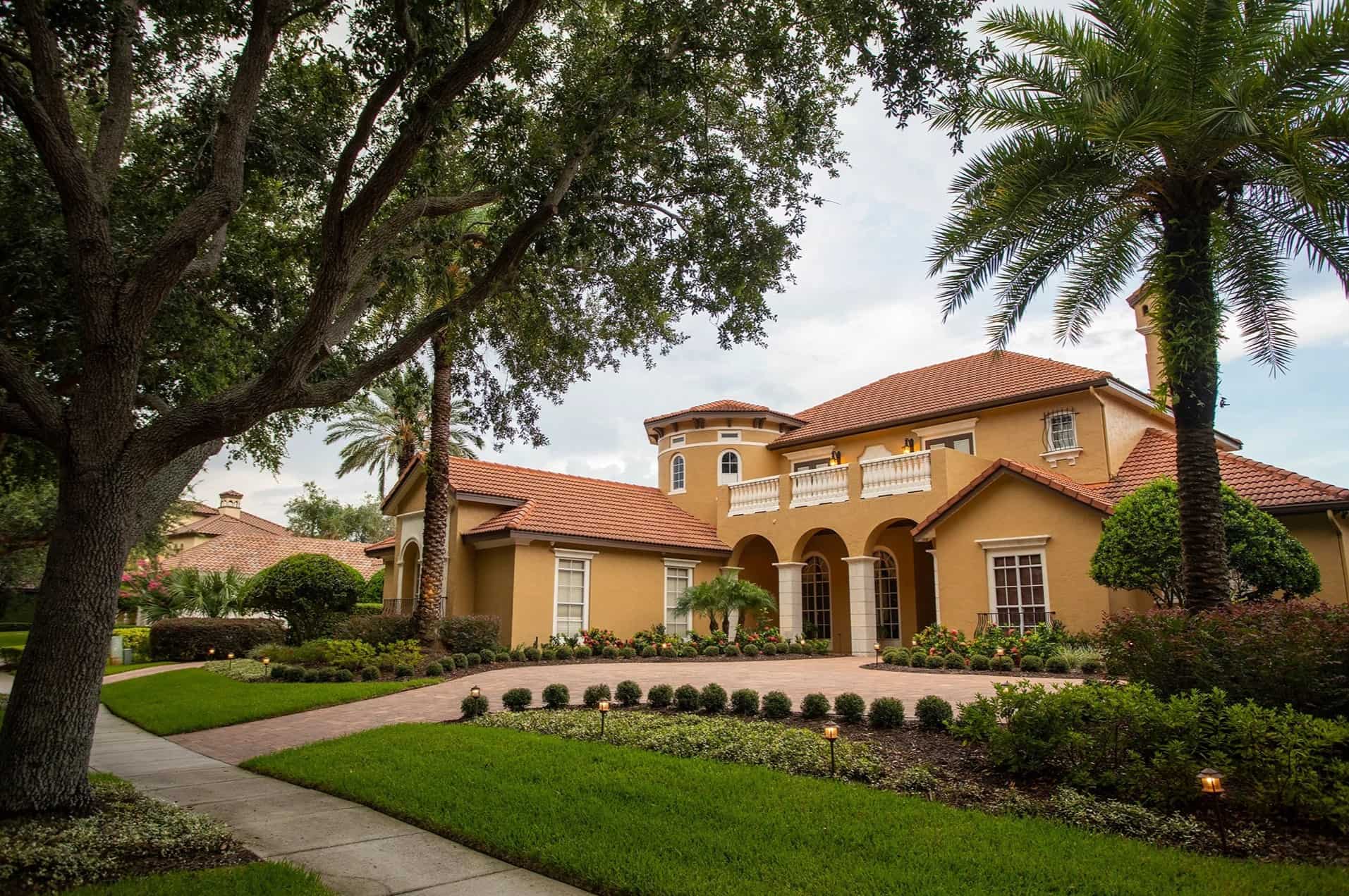
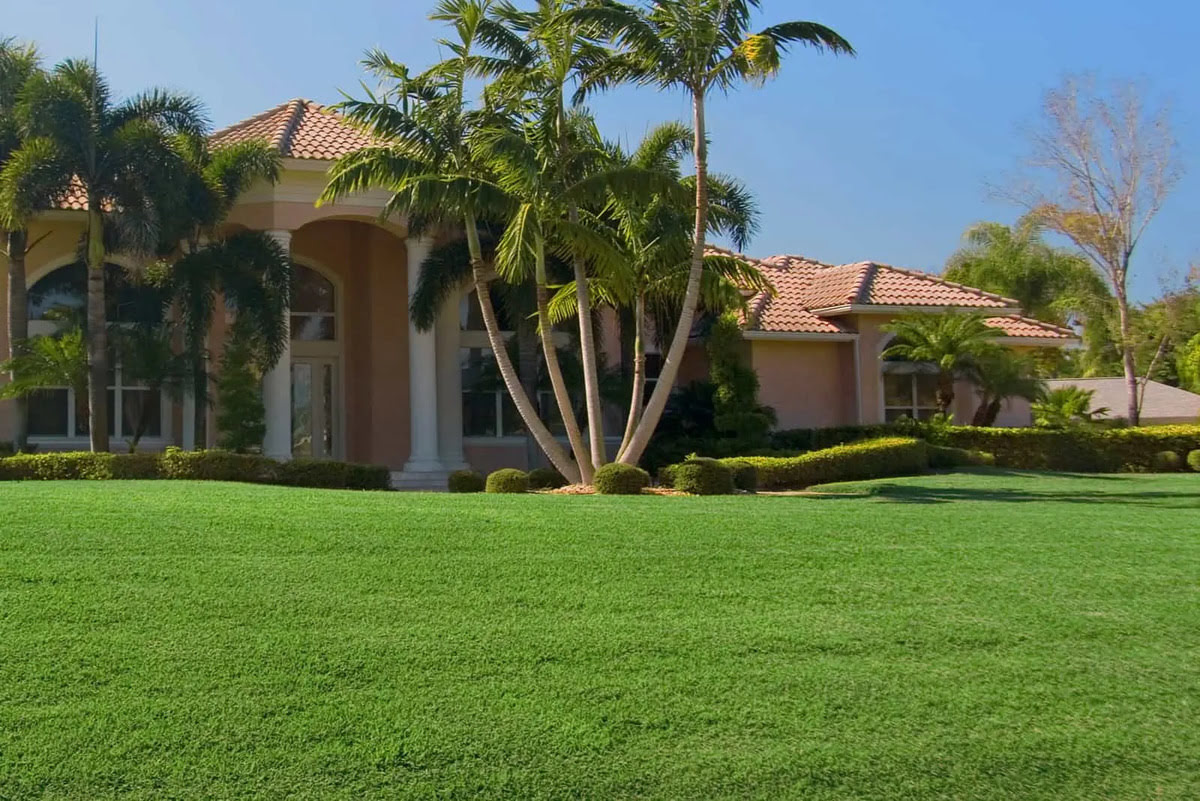
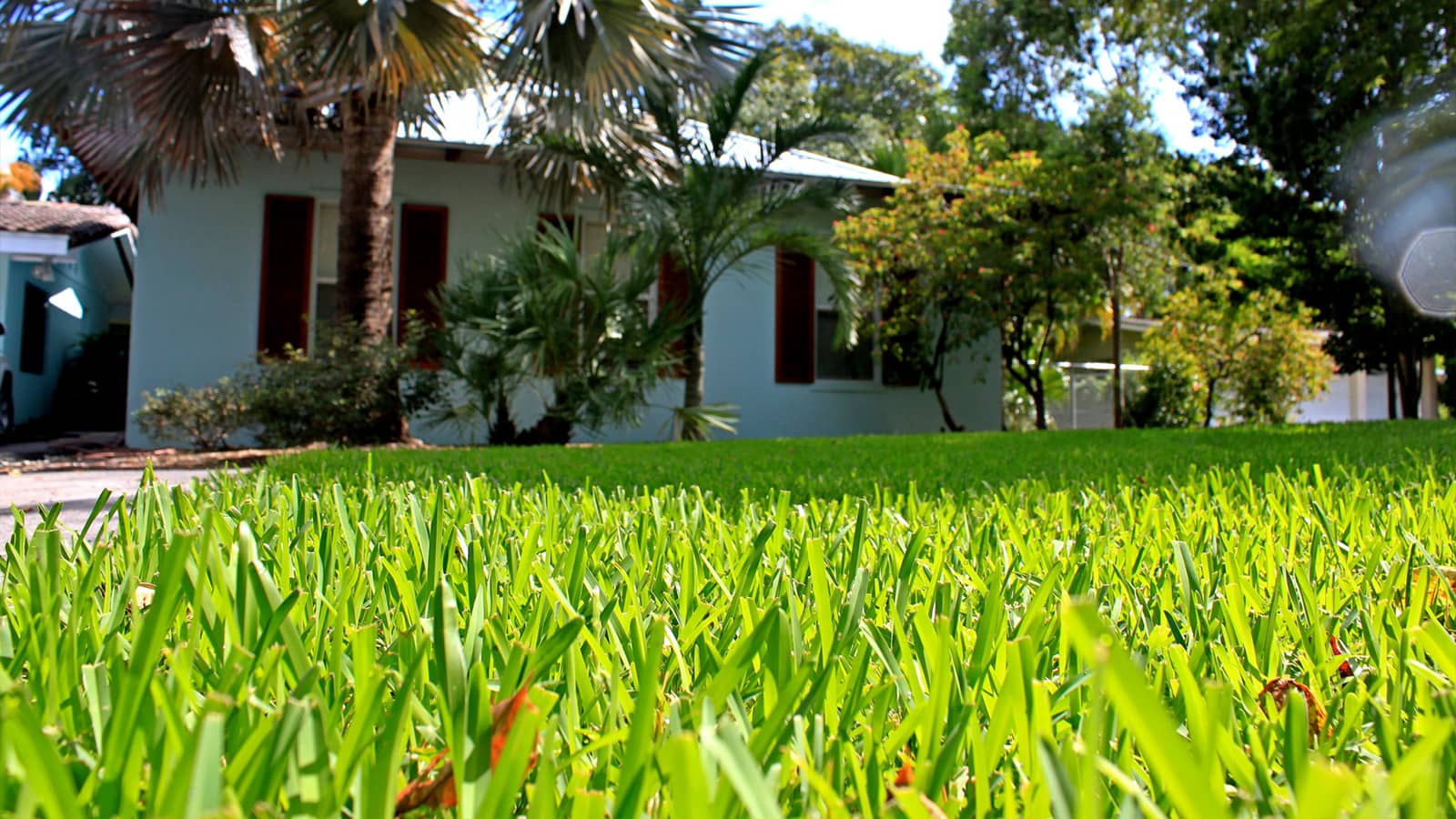
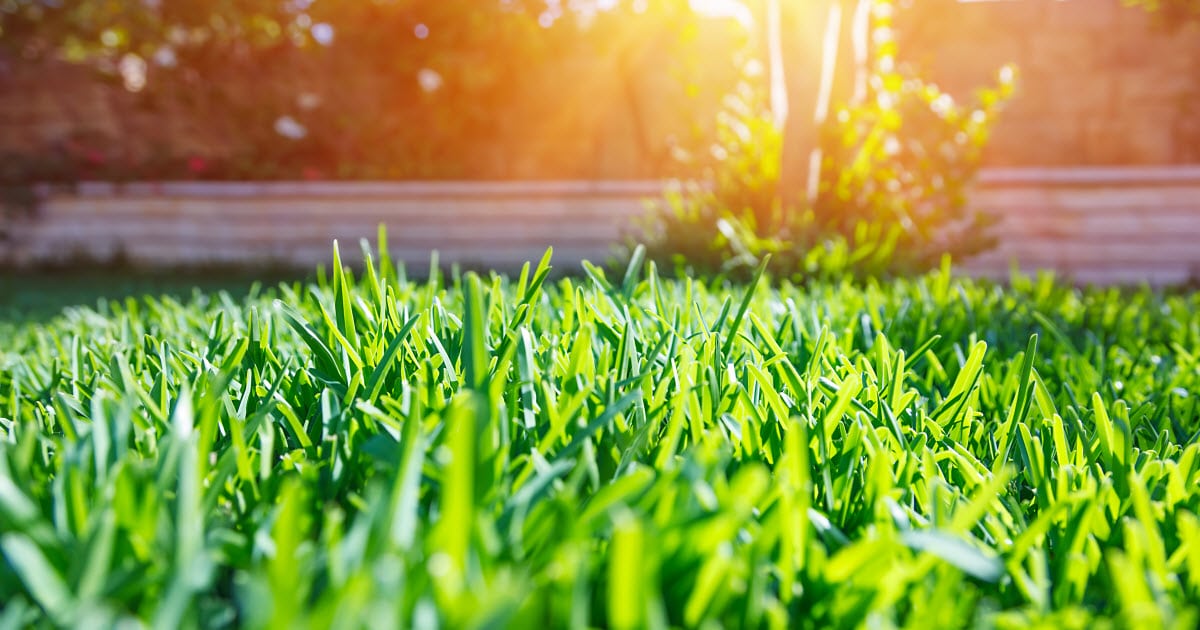
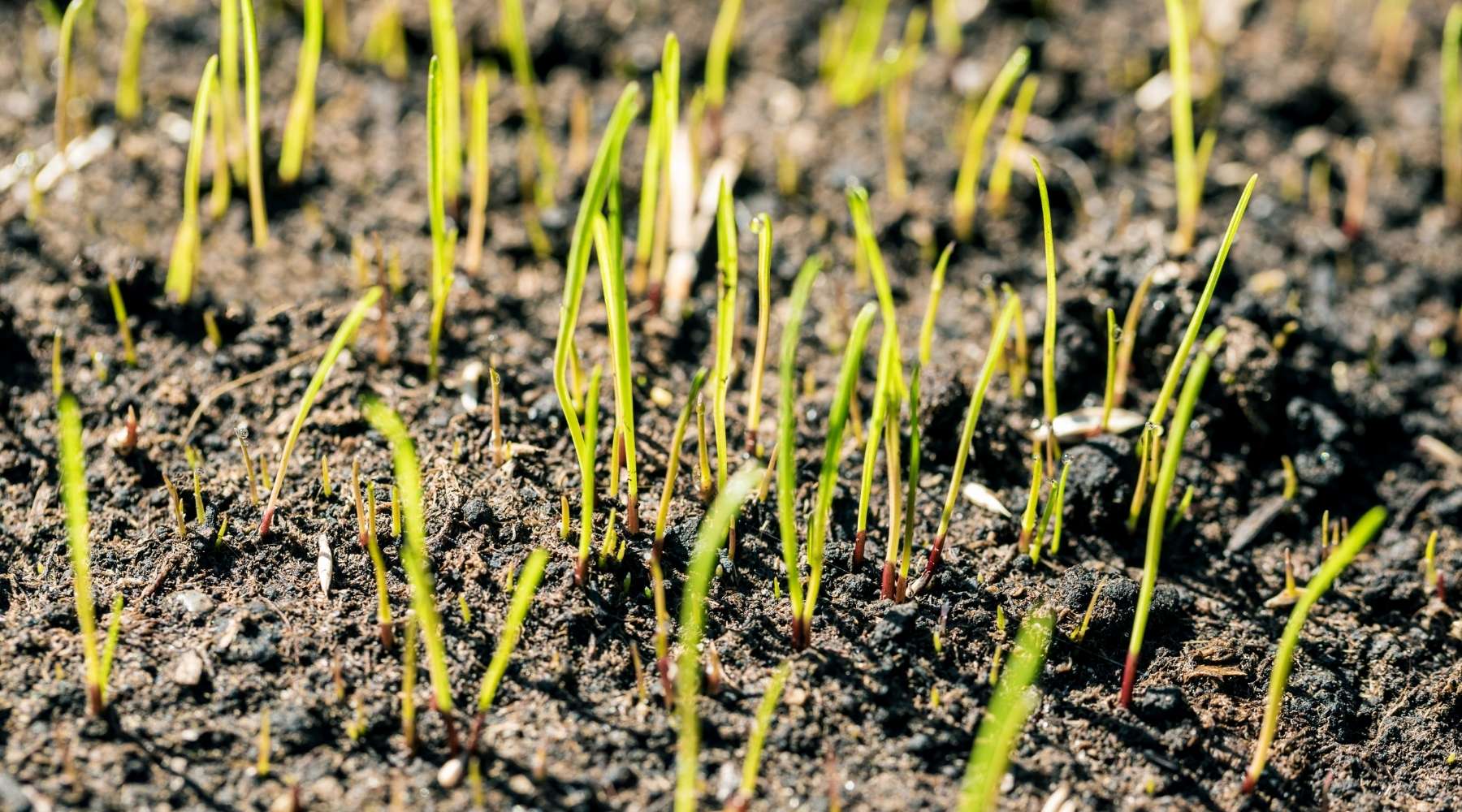
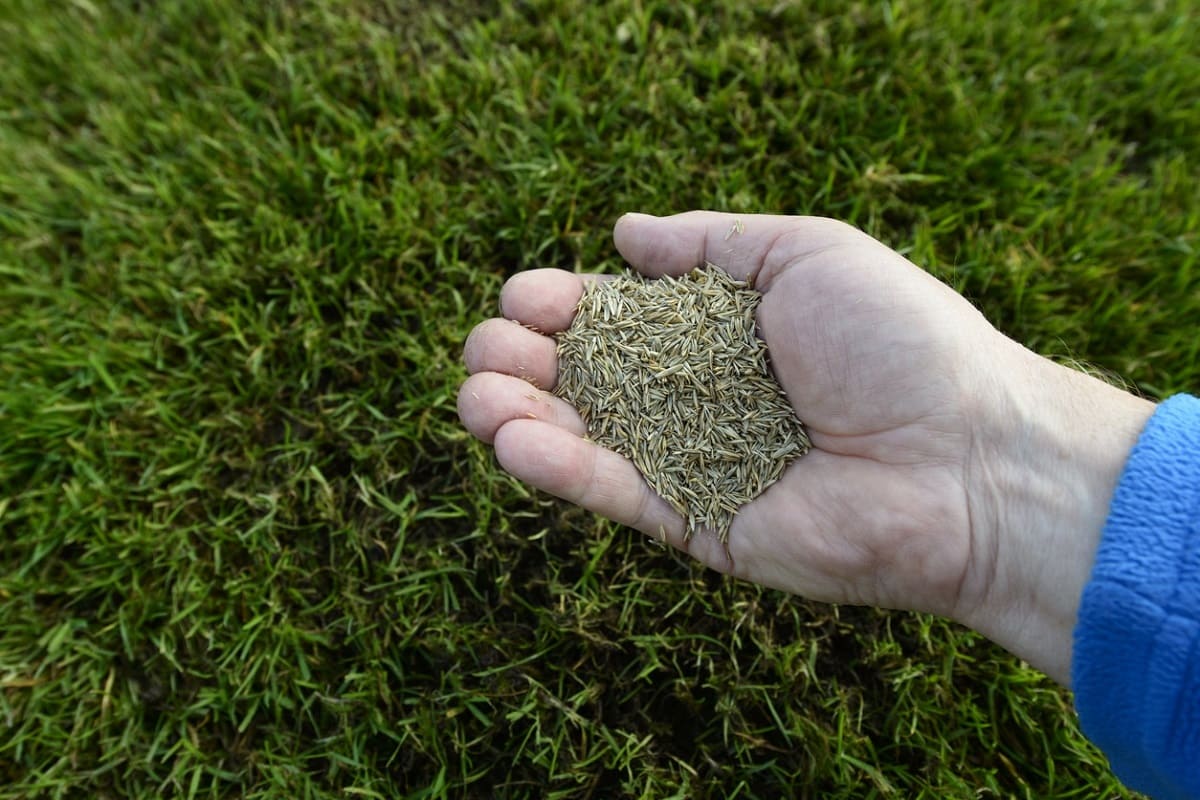
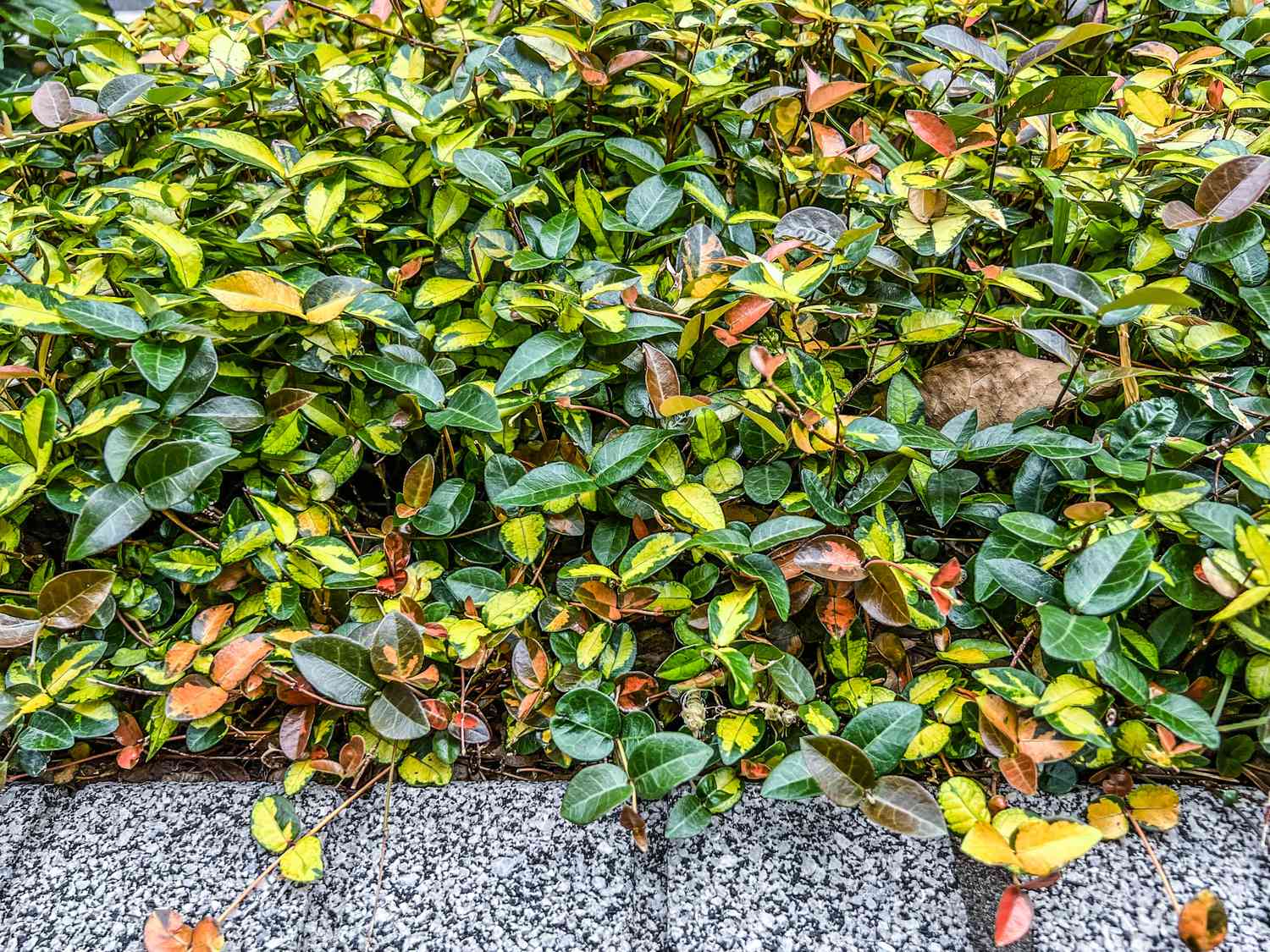
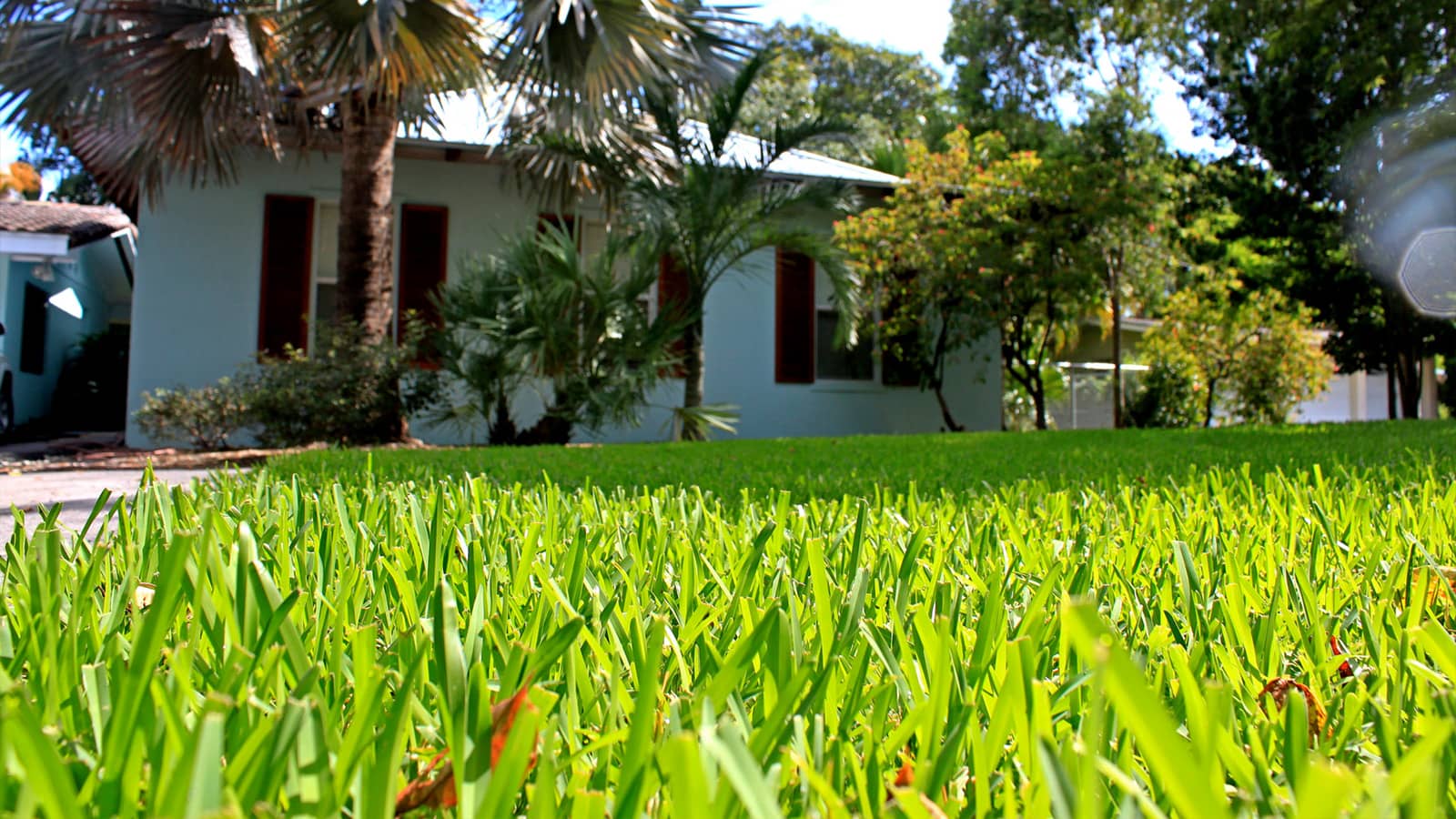
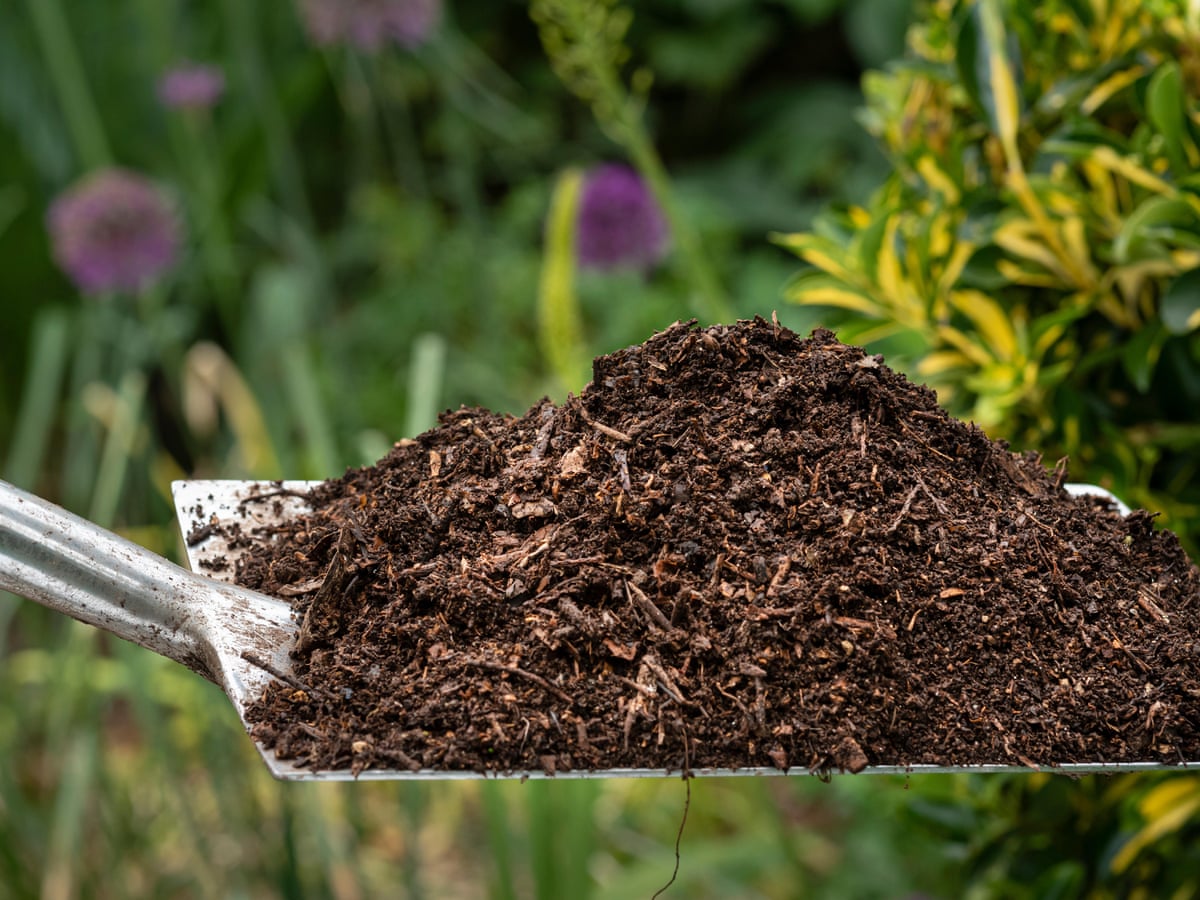
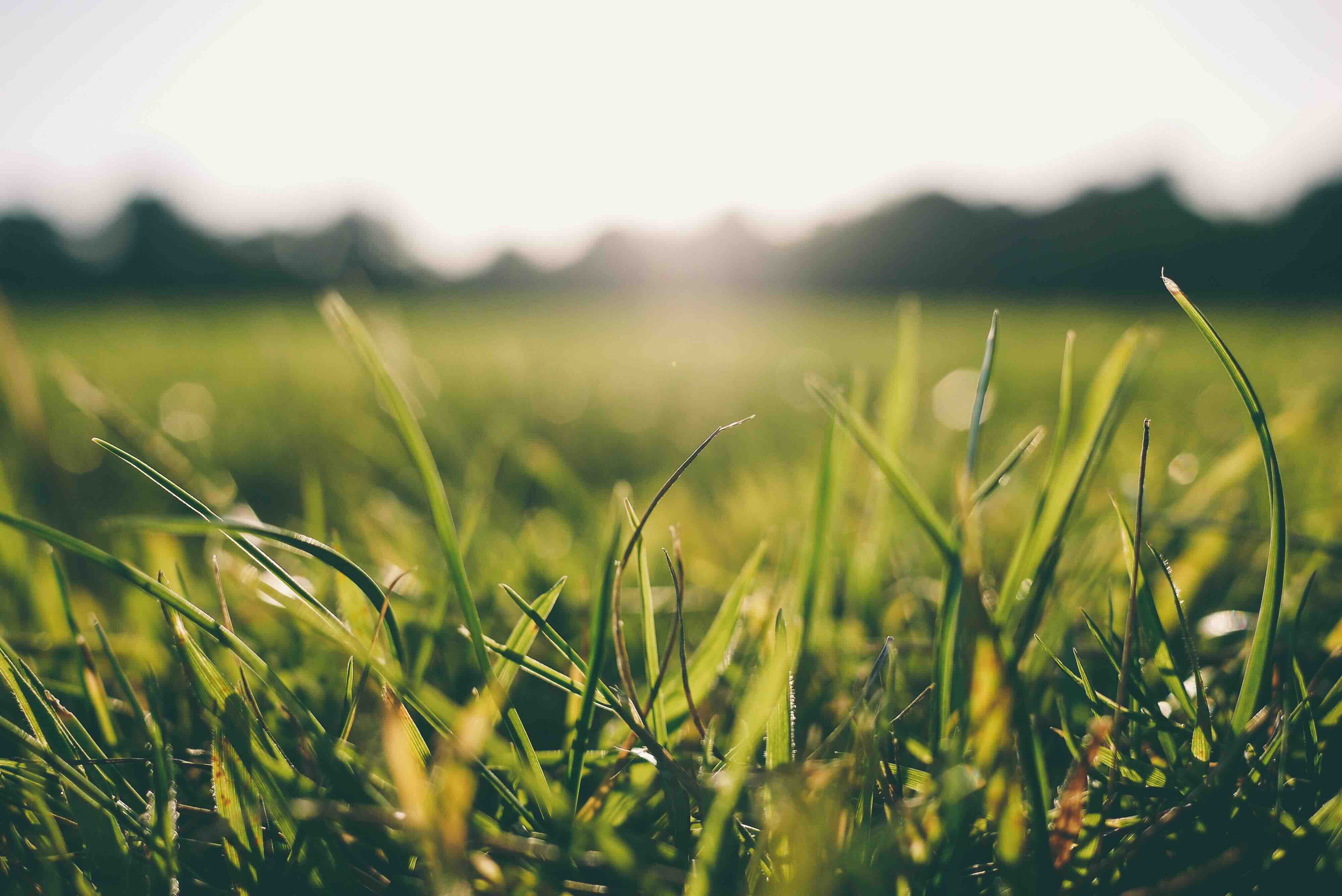
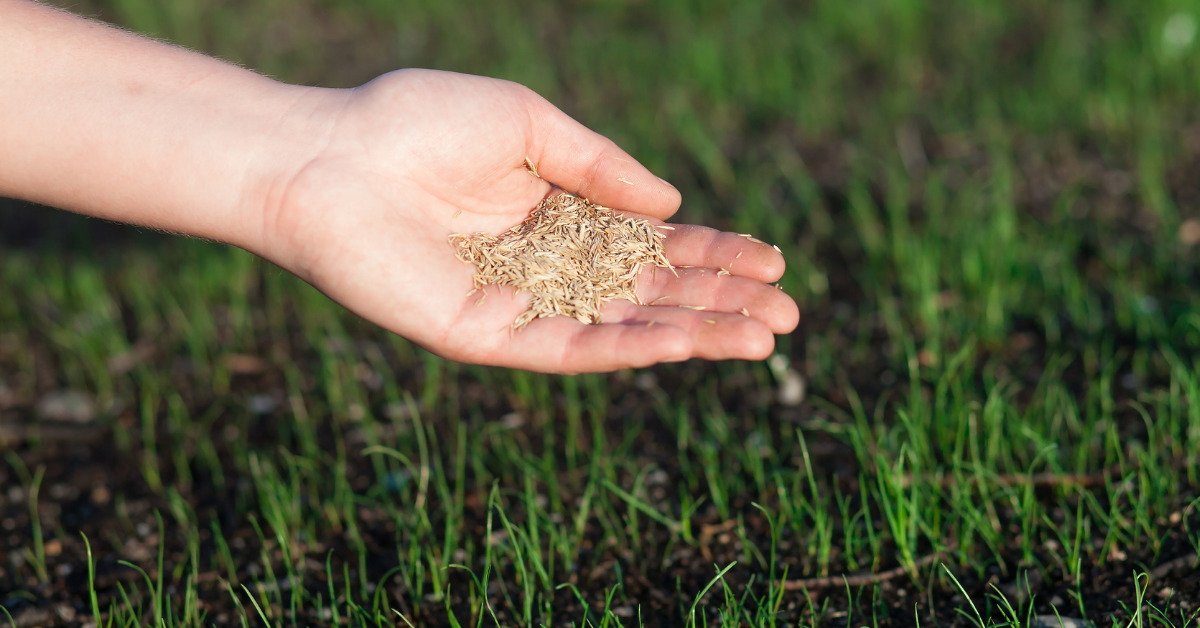
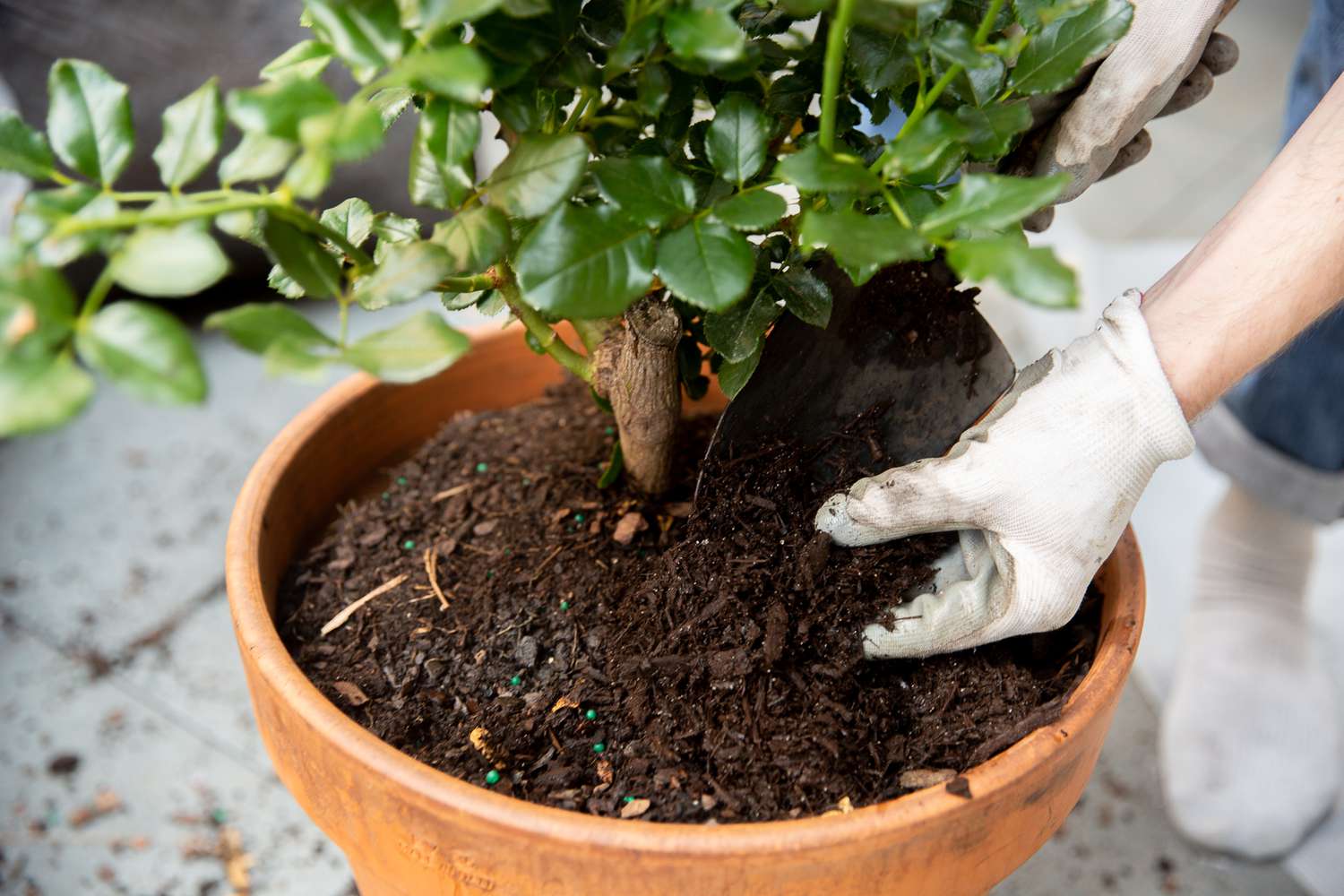
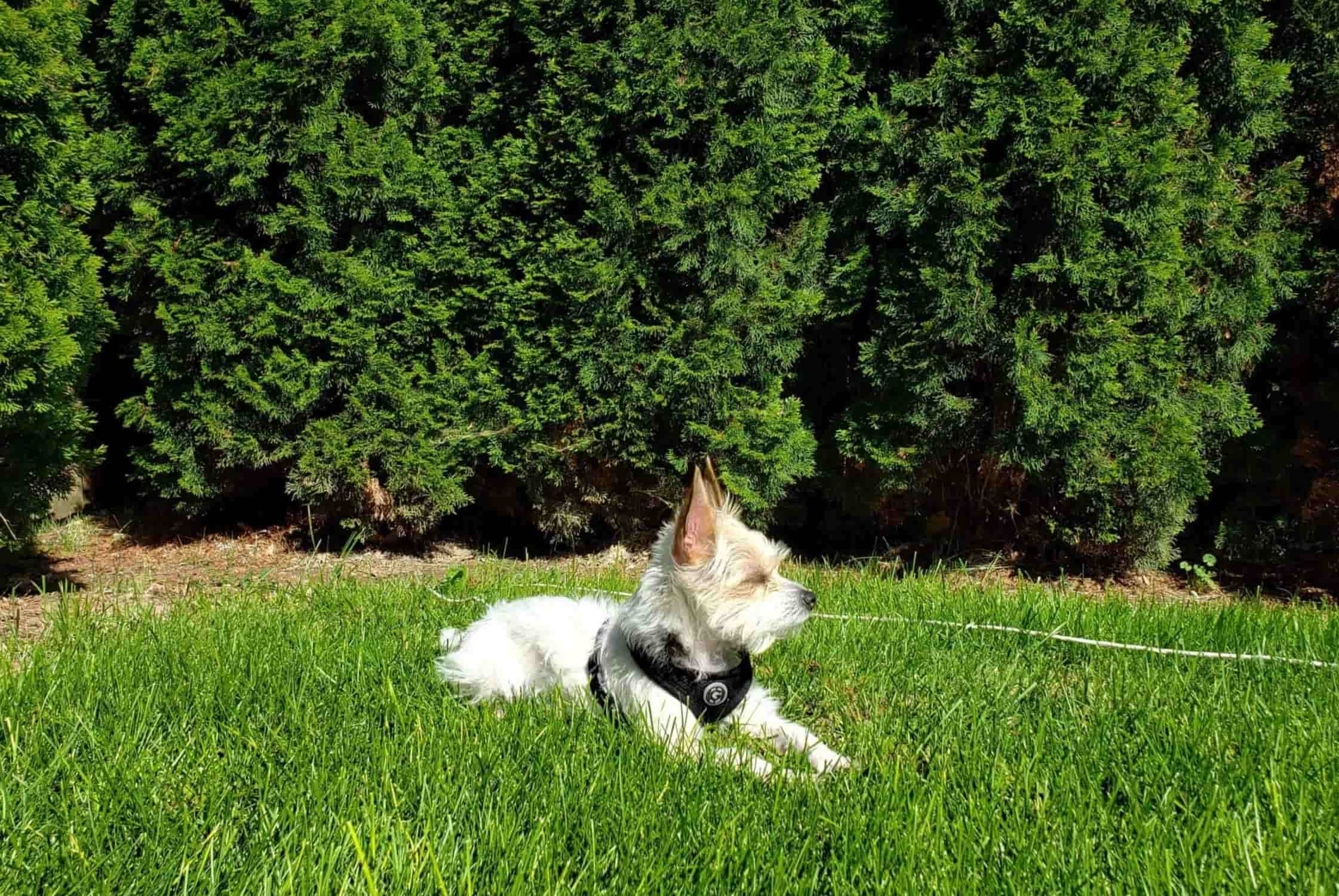

0 thoughts on “What Grass Seed Grows Best In Florida”